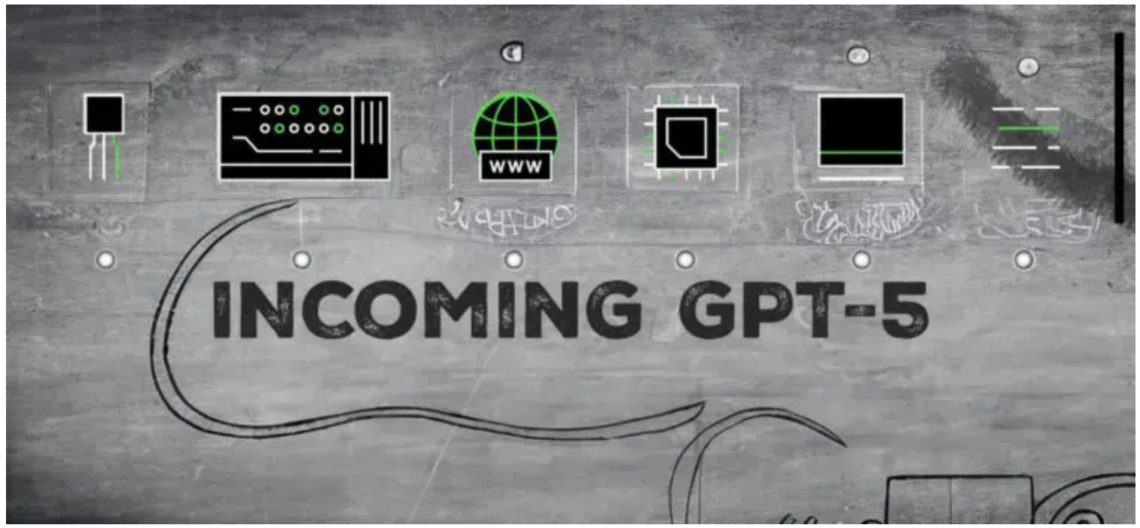Leading artificial intelligence research organization, OpenAI, has recently submitted a trademark application for ‘GPT-5’ to the U.S. Patent and Trademark Office (USPTO). This move has stirred excitement among tech enthusiasts and language model aficionados, hinting at the potential development of a cutting-edge large language model.
OpenAI, renowned for its ChatGPT and GPT-4, has been at the forefront of AI language model advancements. The trademark application, made public by trademark attorney Gerben Josh on Twitter, reveals some intriguing details about the potential capabilities of GPT-5.
The details on the application revealed that GPT-5 is similar to computer software that generates both text and human speech. It is also capable of processing, generating and understanding natural language.
Many expect additional features such as speech processing, machine-learning-based language, and speech and text translation from one language to another on GPT-5. The software seems to place attention on algorithms that can learn, classify, analyse and respond to data.
Is OpenAI developing an upgrade to GPT-4?
OpenAI described GPT-5 in the trademark application as a ‘downloadable computer software for using language model,’ the same description it used for other generative models including GPT-3.5 and GPT-4.
Although the application for a trademark does not confirm the present development of GPT-5, it is assumed that GPT-5 will be the next version of the company’s generative chatbot. While OpenAI may have plans to develop an advanced large language model later in the future, the main purpose of the trademark application might be to obtain the name “GPT-5” and protect the company’s intellectual property.
Earlier this year, amidst calls from notable figures like Steve Wozniak and Elon Musk to pause AI development, Sam Altman, CEO of OpenAI, clarified that the company would not rush into training GPT-4’s successor. He acknowledged that building a new model of this scale would require extensive effort. In June, OpenAI emphasized that it had not initiated development on GPT-5 and instead was focusing on exploring new ideas and innovations.
As the anticipation grows, the AI community eagerly awaits official announcements from OpenAI, revealing the true potential and groundbreaking features of GPT-5. Until then, enthusiasts can only speculate about the exciting possibilities that the next iteration of this renowned language model may bring.
Disclaimer: The information provided in this article is based on the trademark application filed by OpenAI and may not necessarily represent confirmed developments or features of GPT-5 until officially announced by the company.
Photo Credit: Mojahid Mottakin (Unsplash)








